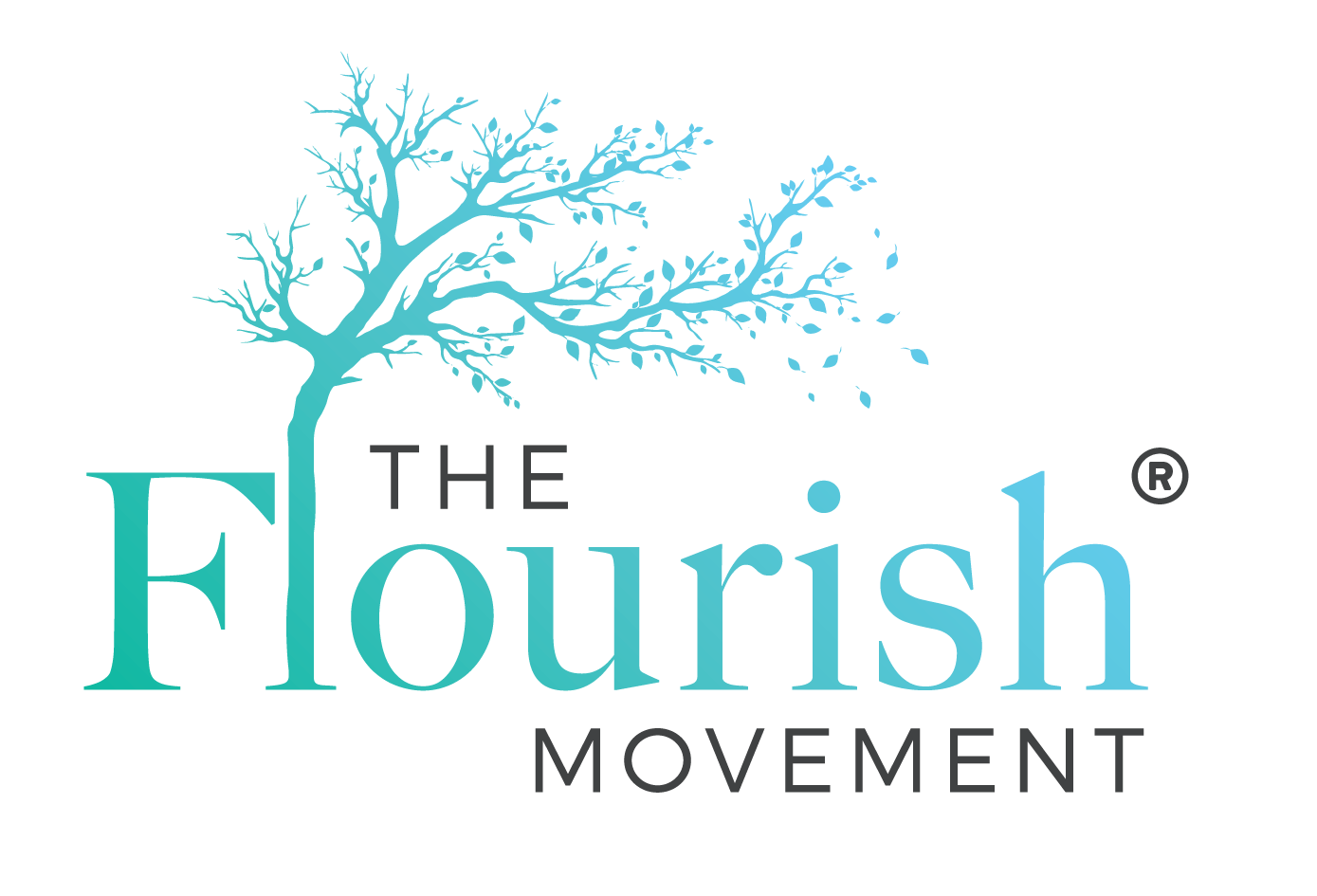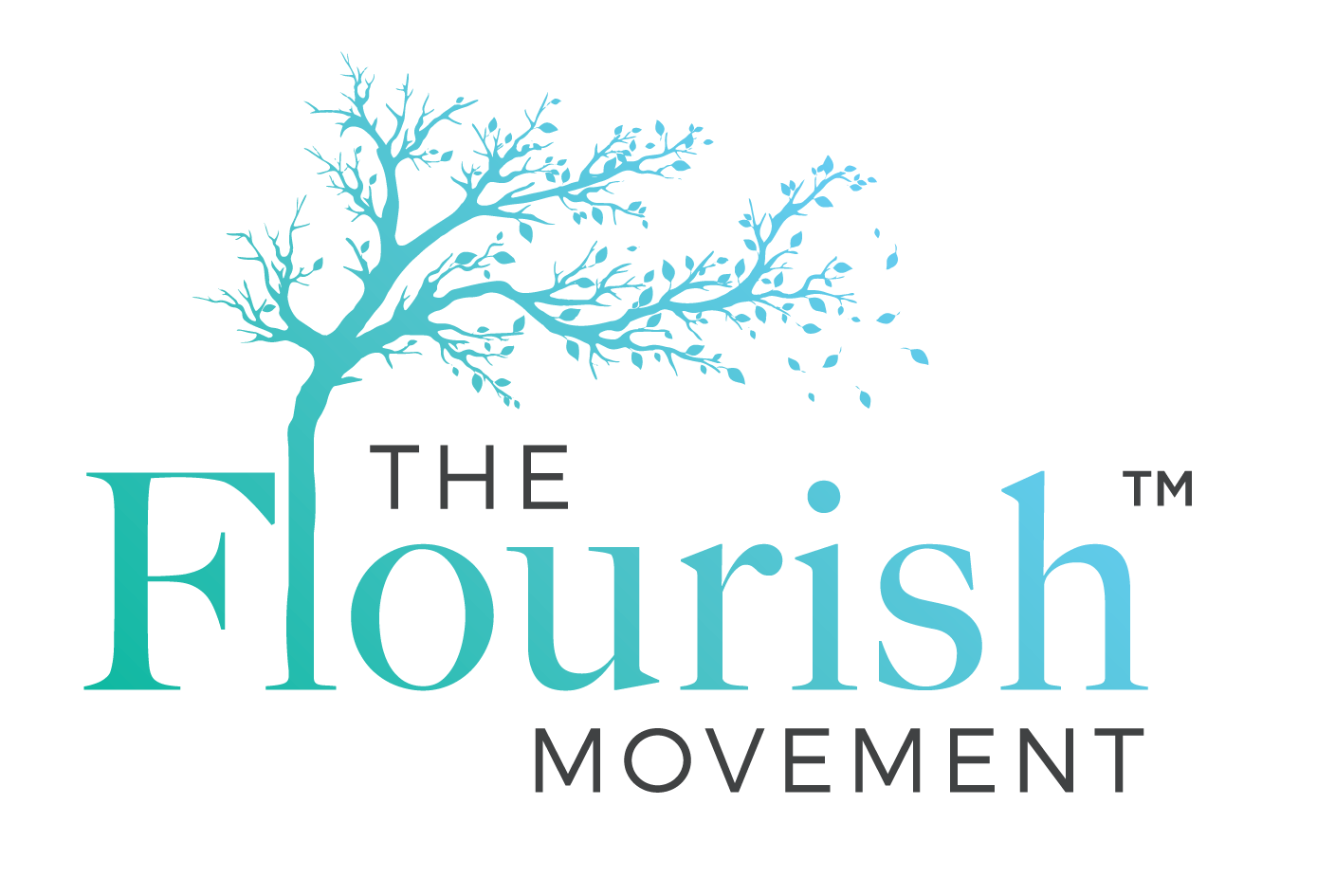New Way To Look At Stress
Our research company, the e-lab is currently running a research project in partnership with Deakin University exploring the impact of second-hand trauma on school staff. Because of this, we have been having a lot of conversations with educators about how they are managing their role, and what is the likelihood of them staying in the profession. Early indications have us concerned about the future of this profession (final data will be available in a couple of months). One educator, 4 years into her teaching role, has said, ‘I feel like I am drowning, I can never get ahead of the job.’
Data from our education programs, interactions with educators and attendance at education conferences, is showing that there are four key themes that people in education are finding challenging:
- Workloads are blowing out - (primarily due to increased reporting). In my last newsletter, I spoke about The Great Handover. The article discussed the fact that the education model is built on sweat equity. Put another way, schools run because staff put in excessive hours to get everything done. Obviously, this results in high levels of burnout and stress, and kills engagement. The model of education must change, it can’t keep going on its current trajectory.
- The teacher shortage – we all know it is a huge issue and you don’t need me to rub any more salt in the wound. Rather, here are two podcasts where innovative principals Simon Ellaby and Jane Grieger take very novel approaches to attract and retain teaching staff.
- A constant feeling of change – these include changes in technology, future projections around the use of AI, shifts in children’s behaviour and greater expectations from parents and the system.
- The emotional toll of the role wears them down - including things like secondary trauma, which is made up of hearing about something traumatic that’s happened to a child and then dealing with the corresponding shift in behaviour that the trauma produces, educators are also experiencing direct trauma and conflict with their peers.
Many said to us that the above challenges had made them ‘lose their passion for education’. However, we don’t believe that this is the case as when they were really needed, these educators were able to rally themselves and be of service again. Rather, what we found is that these four challenges are causing educators to live in a constant state of stress and anxiety.
Recently, I was working with a group of educators and each of them were exhibiting symptoms of chronic stress. It made me think of the work of twin sisters Drs Emily and Amelia Nagoski. In their book, ‘Burnout’, they use an elegant metaphor to help people understand the dynamics of stress. They liken the process of experiencing stress to a person going through a tunnel.
For stress to occur there must be a triggering event (receiving an abusive email, making a mistake, forgetting to do something, or having conflict with someone). This triggering event pushes you into the tunnel. Once in the tunnel, that is where your body responds to the triggering event by initiating the stress response. This is made up of all the physiological and psychological changes that the body goes through during stress. These include adrenalin being released, liver dumps glucose and fat into the blood stream, digestion is shut down, the sophisticated parts of the brain begin to go offline and the more primitive emotional parts begin to take over. All this and other responses occur when you are smack bang in the middle of the stress response/tunnel.
The final part of the process is to exit the stress tunnel. This is where the triggering event has gone away, the stress response has subsided, you feel safe, and your body has returned to a state of homeostasis. That all sounds great but here is the catch. What our research shows is that people rarely ever exit the stress tunnel. In fact, one of our research participants said, ‘I feel like I am in the middle of not one stress tunnel but multiple stress tunnels that stack on top of each other.’ You see stress is not bad for us, if we exit the tunnel. Problems come when we get stuck in the tunnel, we begin to enter a chronic state of stress that starts to wear our mind and body down.
In an ideal world after each stressful event, we would complete the tunnel and exit out the other side. Because this was how stress was designed 1) stimulus 2) stress response 3) calm state. However, in a jam-packed day we often don’t get the chance to exit the tunnel as we move straight into another meeting or interaction. At the very least, we need to do something that helps us exit the tunnel once a day.
How do we get out of the tunnel? Well, it is anything that helps us burn off the stress response like physical activity, or anything that makes you feel safe like supportive conversation or physical touch, or things that put us into a state of awe and joy, such as being in nature or playfulness and laughter.
So, when you are next thinking, ‘I shouldn’t be getting stressed.’ Shift your attention to ‘Ok I am stressed, how do I ensure I find the light at the end of the tunnel.’


